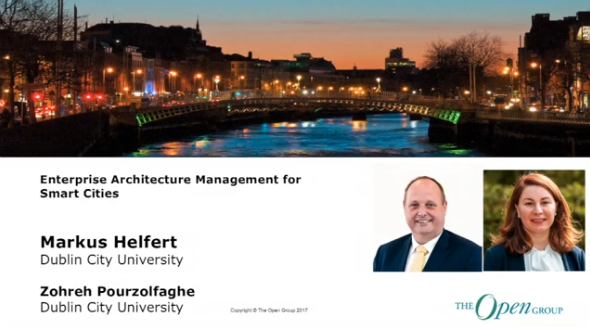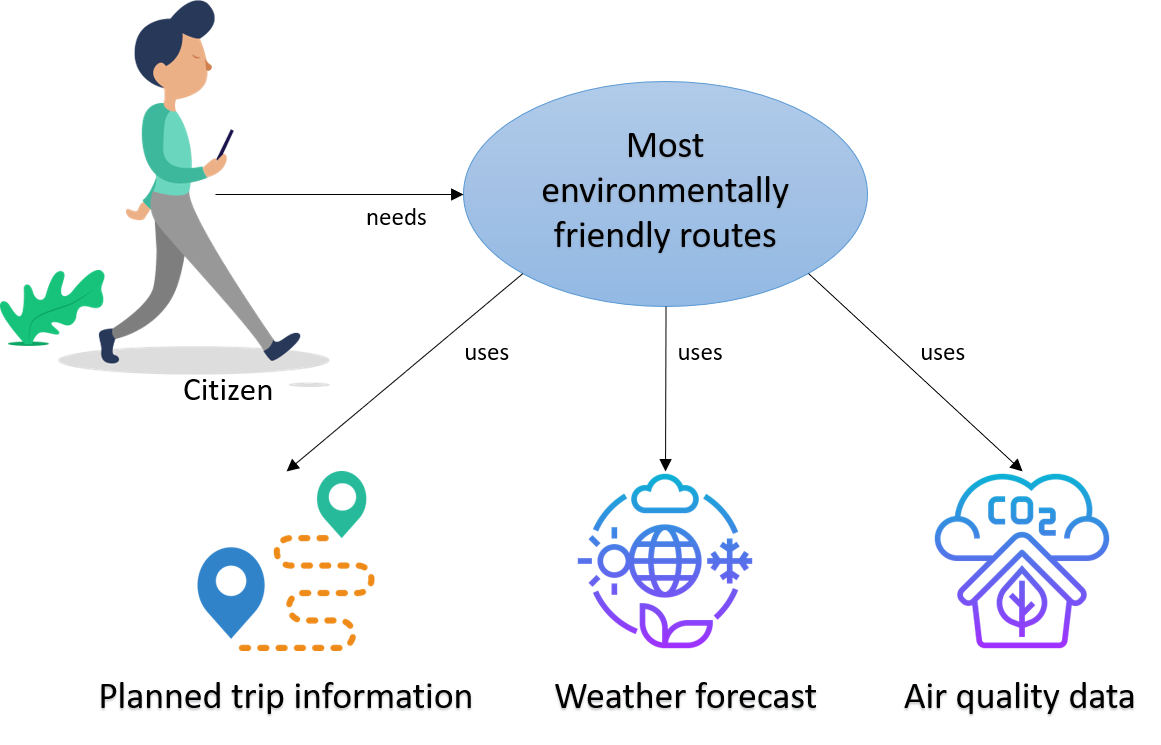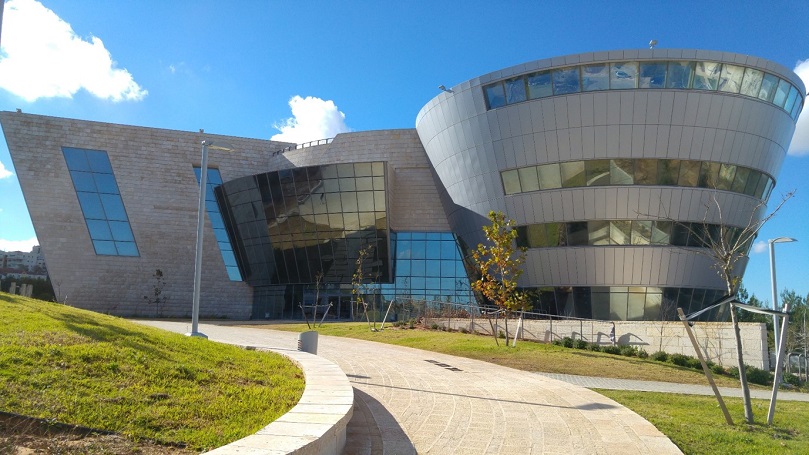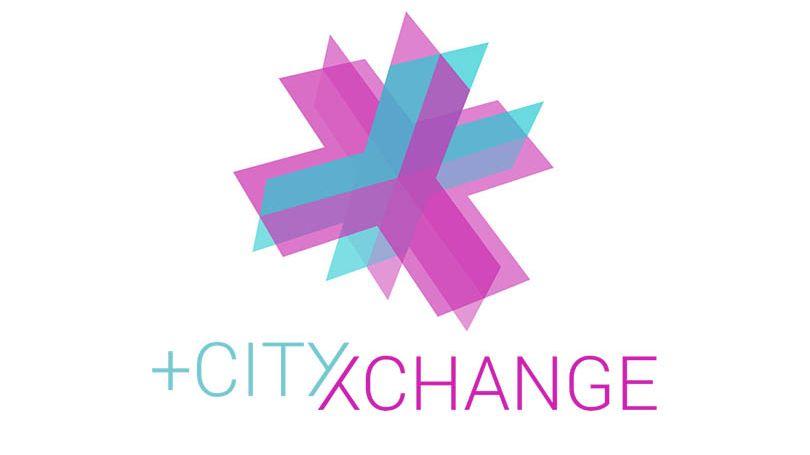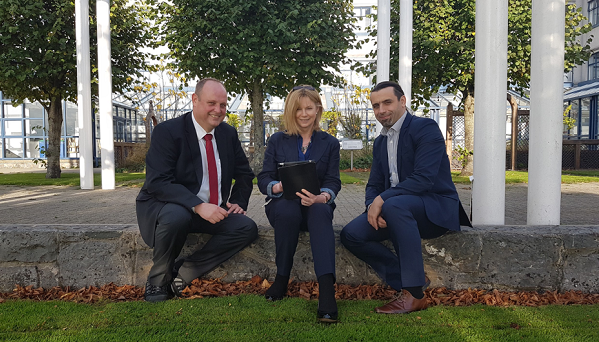This conceptual example describes the River City initiative related to the e-parking service for its citizens as shown in the Fig 1. Which depicts how citizens of the city can park their vehicles in advance by using an online app which would save their time and reduce the traffic in that location. With the help of the app provided, firstly users need to provide required information for booking the parking location in advance. The app should be able to use the provided information by the users such as the registration plate number, payment details, location for parking, duration of parking etc.
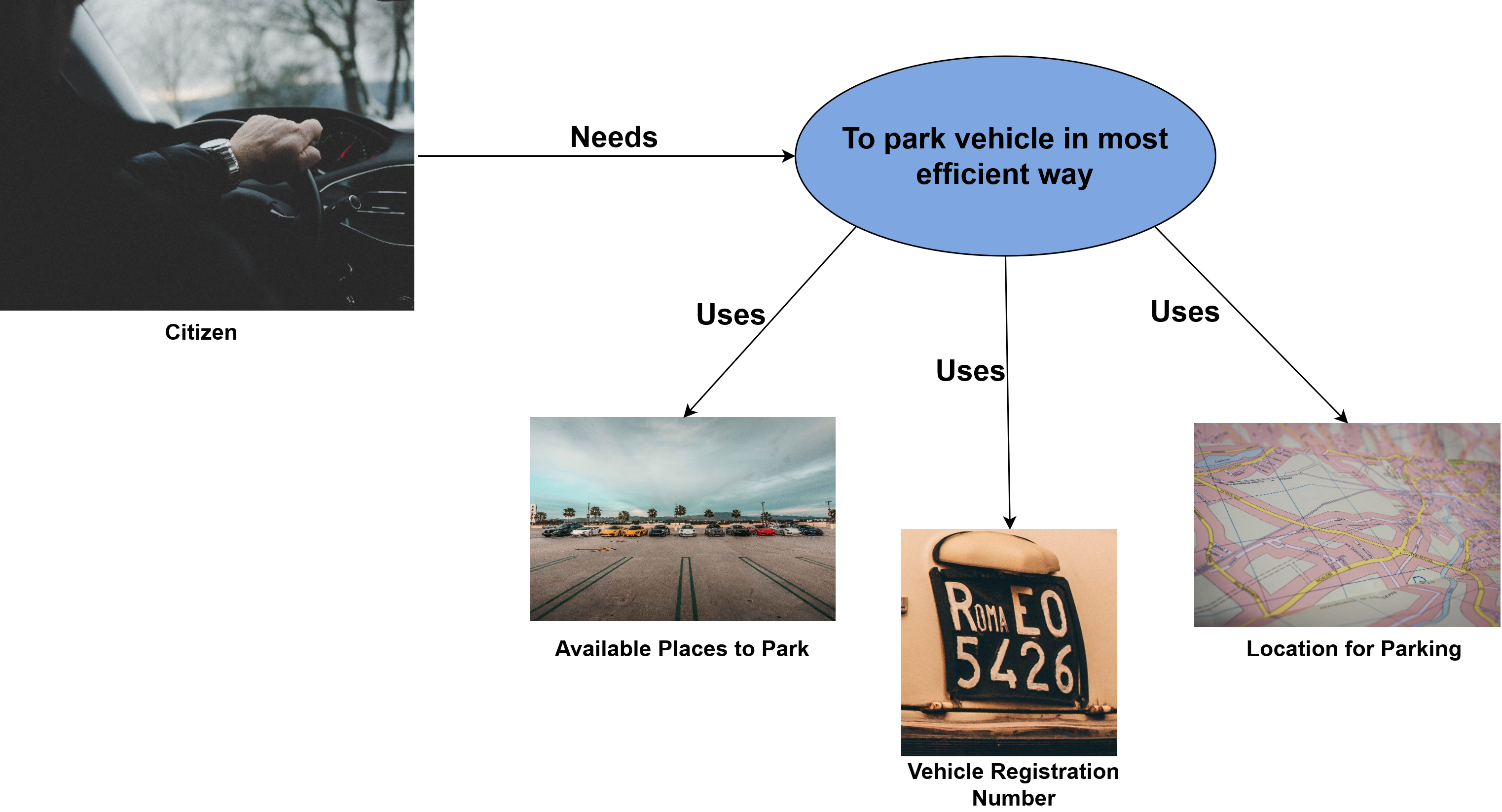
The goal of the smart city manager in river city is to benefit the citizens and the city in terms of average CO2 reduction, travel distance saved, petrol usage and cost saved by city and by the individuals, by providing smart parking system in the city.
The smart city manager and the service providers of the project need to understand the requirements and the quality factors of the services, and how it could be fulfilled with the proposed design solution. In order to verify that the service meets its quality factors and requirements, and the end users are satisfied with the service provided, a feedback is necessary for further improvement to the services. For instance, once e-parking service is live for the end users, it is necessary that we obtain users feedback and their experience regarding the usage of the service.
There is a possibility that the app which has been developed to support the e-parking service would not work properly due to some technical or operational issues, and at the end service won’t be available for the citizens to use in order to park their vehicles, and ultimately the availability of the service would be impacted which is also a quality factor of the service. This type of information could be obtained after the deployment of the services to analyse whether the services are working fine as per the given requirement and quality factors of the services. Thus, the feedback given by the end users of the service, could help smart city manager and the service providers to improve its quality by enhancing its design at application level.

